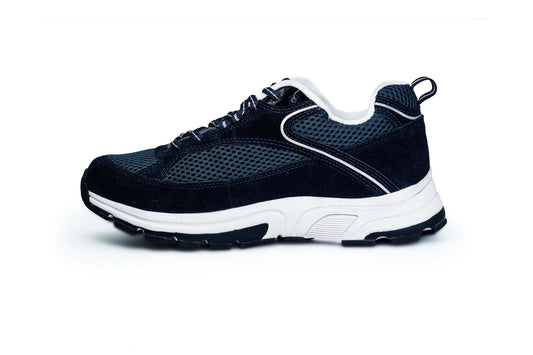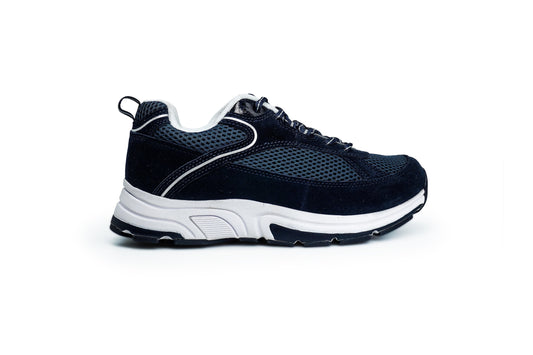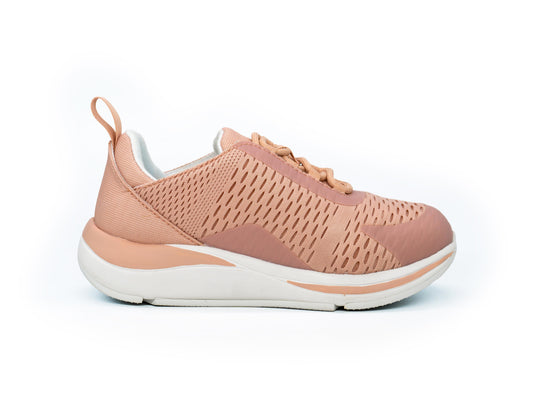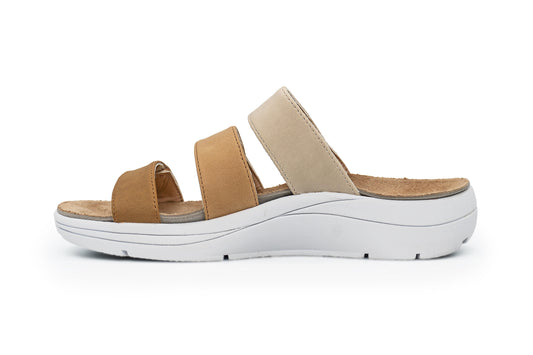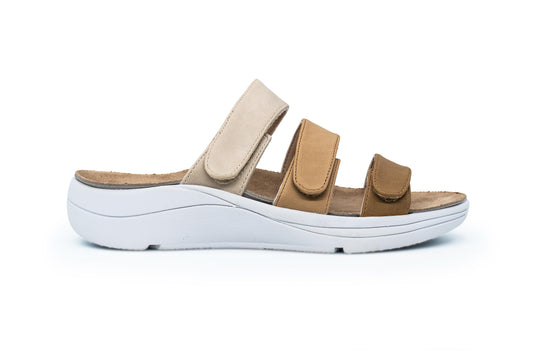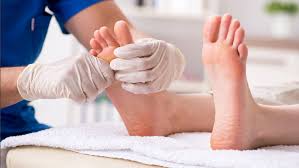TOP TIPS FOR FOOT CARE IN PEOPLE LIVING WITH DIABETES
Diabetes is a chronic condition that significantly affects many aspects of health, and one of the most common complications is foot problems. With issues such as poor circulation, nerve damage (neuropathy), and weakened immune responses, people with diabetes are at a higher risk of developing serious foot conditions such as ulcers, infections, and even amputations. However, with proper foot care, most of these complications can be prevented or managed. Here are the top tips for foot care in people with diabetes to help maintain foot health and reduce the risk of serious complications.
Inspect Your Feet Daily
Regular monitoring for any signs of injury, irritation, cuts, blisters, or sores is an important aspect of diabetes care for the feet. Diabetes neuropathy or nerve damage decreases the sensitivity of feet and makes it difficult for one to feel pain or even heat or injury in some cases. This often causes minor injuries to go unnoticed in the early stages, which can rapidly grow into major problems.
Spend a few minutes a day inspecting both the tops and bottoms of your feet. Use a mirror if you need to check spots that are not easy to view, like the soles of your feet or spaces between your toes. Take medical advice right away if you see something unusual, such as redness, swelling, blisters, or cuts. Sometimes, what could have been small issues might develop into health risks.
Keep Your Feet Clean and Dry
Hygiene is crucial in foot health, especially among those with diabetes. Washing your feet with lukewarm water and mild soap regularly helps remove dirt, bacteria, and sweat that could lead to infections. Hot water should be avoided as it may cause burns, as sensitivity may be reduced, and a person should test the temperature before soaking their feet. Pat the skin of your feet lightly with a soft towel, especially between the toes, because moisture can lead to fungal infections.
Fungal infections, which can cause blisters and sores, are also due to excess moisture. Excess sweat can be controlled by dusting the feet with a little bit of powder or antifungal cream—especially in areas that tend to sweat. Maintaining dry feet is crucial in combating possible infections that may arise in your foot, thereby complicating foot health.
Moisturize Your Feet Daily
While it is important to keep your feet dry, it is equally important not to let them get too dry or cracked. Dry skin causes cracks, which can be an entry point for infections. Use a fragrance-free moisturizer on your feet daily but avoid applying it between the toes. Excess moisture in this area can increase the risk of fungal infections.
Look for moisturizers specifically designed for diabetic skin as they tend to be more hydrating and gentler. Ingredients such as aloe vera and shea butter are great for moisturizing without irritating. If you have cuts or cracks on your feet, avoid using moisturizing creams directly on those areas until they have healed, and then consult your healthcare provider for recommendations.
Choose the Right Footwear
Wearing the right shoes can prevent foot injuries, blisters, and ulcers from occurring. Diabetic shoes are specially designed for individuals with diabetes. These shoes usually have wider toe boxes, extra depth, and soft cushions on the insole, which help distribute pressure more uniformly across the foot surface, thereby reducing friction. In turn, seek shoes made out of soft, seamless interiors that do not tend to rub or chafe sensitive skin.
Cut Toenails Carefully
Poor toenail cutting can lead to painful ingrown nails, which might infect and cause other complications. Avoid this by using a nail clipper or scissors to trim your toenails straight across. Avoid shortening your toenails too much to reduce the risk of infection. Do not attempt to cut or dig into the corners of your toenails, as this may result in causing wounds or ingrown nails.
If you are having difficulty trimming your toenails or cannot see them at all due to vision problems, seek help from a healthcare provider or podiatrist who can safely trim your nails for you and check for any signs of infection or abnormal growth.
Avoid Walking Barefoot
Walking barefoot increases the risk of injury, especially in individuals with diabetes who may not have sensations in their feet. Small objects such as nails, glass, or rocks may cause cuts or punctures that a person may not even notice. Additionally, walking barefoot on hard surfaces may create pressure points that lead to blisters or calluses.
Maintain Optimum Blood Sugar
Probably the best way to avoid complications and problems with your feet is proper blood sugar control. When blood sugar levels are too high, it can damage nerves, cause poor circulation, and weaken the immune system—all of which lead to foot problems. Regular monitoring and management of blood glucose levels are, therefore, essential in the prevention of these complications.
Foot care is an integral part of diabetes management, and following these top tips can reduce the risk of serious complications significantly. Inspecting your feet daily, keeping them clean and dry, wearing proper footwear, maintaining blood sugar control, and seeking professional care regularly can help protect your feet and preserve your overall health. People suffering from diabetes are at great risk of suffering from foot problems, but with proper care and attention, such problems can be prevented, and complications such as ulcers or amputation can be avoided.
Take the Next Step Towards Comfort and Care
Discover the perfect balance of support, style, and expert guidance for your feet. Explore our collection of orthopedic and diabetic shoes designed to keep you moving with ease.
Start your journey to happy, healthy feet today!
Visit us at DiabeticShoe for more tips, insights, and footwear solutions.
Stay Connected:
Follow us on Facebook, Instagram, YouTube, LinkedIn, Twitter, Pinterest, and Quora for updates, advice, and more informative content.

